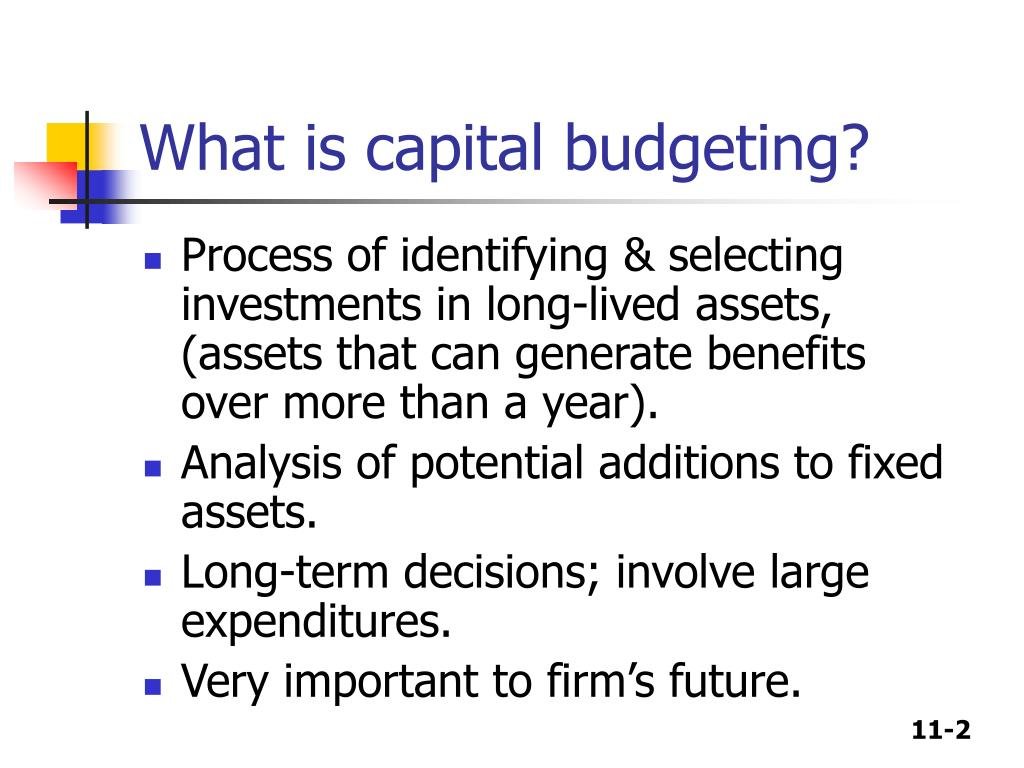Budgeting for Capital Expenditures: A Comprehensive Guide
Introduction:
Capital expenditures are essential expenses that businesses and individuals incur to acquire, upgrade, or maintain long-term assets. These assets can include buildings, equipment, vehicles, and technology infrastructure. Proper budgeting for capital expenditures is crucial to ensure the financial stability and growth of a business or personal finances. In this comprehensive guide, we will explore the key steps involved in budgeting for capital expenditures.
Step 1: Assess Your Current Assets:
Before planning any new capital expenditure, it is important to evaluate your existing assets thoroughly. This assessment will help you determine which assets require maintenance or replacement and identify potential areas where investing in new assets could enhance productivity or efficiency.
Create an inventory of all your current assets, noting their age, condition, and estimated lifespan. Categorize them into critical and non-critical items based on their importance to operations. Consider consulting with relevant personnel across departments to gain insights into asset performance and future needs.
Step 2: Identify Capital Projects:
Once you have assessed your current asset portfolio, it’s time to identify potential capital projects that align with your organization’s goals or personal requirements. Start by brainstorming ideas that address the shortcomings identified during the asset assessment phase.
Next, prioritize these projects based on urgency and expected returns on investment (ROI). Collaborate with stakeholders such as department heads or financial advisors to evaluate each project’s feasibility from both technical and financial perspectives.
Step 3: Define Project Scope & Budget Estimates:
For each selected capital project, define the scope of work required along with a preliminary budget estimate. Break down the project components into smaller tasks for better cost estimation accuracy.
Obtain quotes from suppliers or contractors for materials, labor costs (if applicable), permits/licenses fees (if necessary), installation charges (if relevant), ongoing maintenance costs, etc. It is wise to add a contingency margin of around 5-10% of the total estimated budget to account for unforeseen expenses.
Step 4: Analyze Funding Options:
Once you have a clear idea of the capital projects and their associated costs, it’s time to explore various funding options. Depending on your financial situation, there are several ways you can finance your capital expenditures:
1. Cash Reserves: If you have accumulated cash reserves or surplus funds, utilizing them for capital expenditures may be the most straightforward option. Evaluate the impact of depleting these reserves on your overall financial stability before making a decision.
2. Debt Financing: Taking out loans from banks or other financial institutions is a common method of funding capital projects. Compare interest rates, repayment terms, and fees associated with different loan options to choose one that suits your needs best.
3. Leasing/Rental Agreements: In certain cases, leasing or renting assets might be more cost-effective than purchasing them outright. Consider this option if you require equipment or vehicles for a specific period without wanting to bear long-term ownership costs.
4. Grants/Subsidies: Investigate whether there are any government grants or subsidies available for specific types of capital expenditure projects in your industry. Such programs can significantly reduce upfront costs and improve ROI.
5. Partnerships/Joint Ventures: Collaborating with other businesses or investors on shared projects can help distribute the financial burden while providing access to additional expertise and resources.
Step 5: Develop an Implementation Timeline:
Once the funding strategy is determined, it’s crucial to create an implementation timeline that outlines key milestones and deadlines for each project phase. This timeline will ensure smooth execution while considering any operational disruptions during installation or deployment stages.
Involve relevant stakeholders in this process so that all teams affected by the project can plan accordingly and provide necessary support when required.
Step 6: Monitor & Track Progress:
Monitoring progress throughout each stage of a capital expenditure project is essential to stay within budgetary limits and meet established timelines. Regularly review project status, compare actual expenses against estimates, and address any deviations promptly.
Implement a robust tracking system to record all financial transactions related to the project. This will provide valuable data for future budgeting exercises and help identify areas where cost-saving measures can be implemented.
Step 7: Evaluate Project Performance:
After completing capital expenditure projects, evaluate their performance against predetermined objectives and financial projections. Compare actual returns on investment with initial estimates to determine if the projects delivered the expected benefits.
Conduct a thorough post-implementation review to identify lessons learned and apply those insights when planning future capital expenditures. This evaluation process will improve your budgeting accuracy over time and optimize decision-making.
Conclusion:
Budgeting for capital expenditures requires careful consideration of existing assets, identification of potential projects, accurate cost estimation, exploring funding options, developing an implementation timeline, monitoring progress diligently, and evaluating project performance in retrospect.
By following these steps diligently, businesses and individuals can ensure that their capital expenditure decisions align with strategic goals while maintaining fiscal responsibility. Remember that proper budgeting is not only about allocating funds but also about maximizing value while minimizing risks associated with long-term investments.

